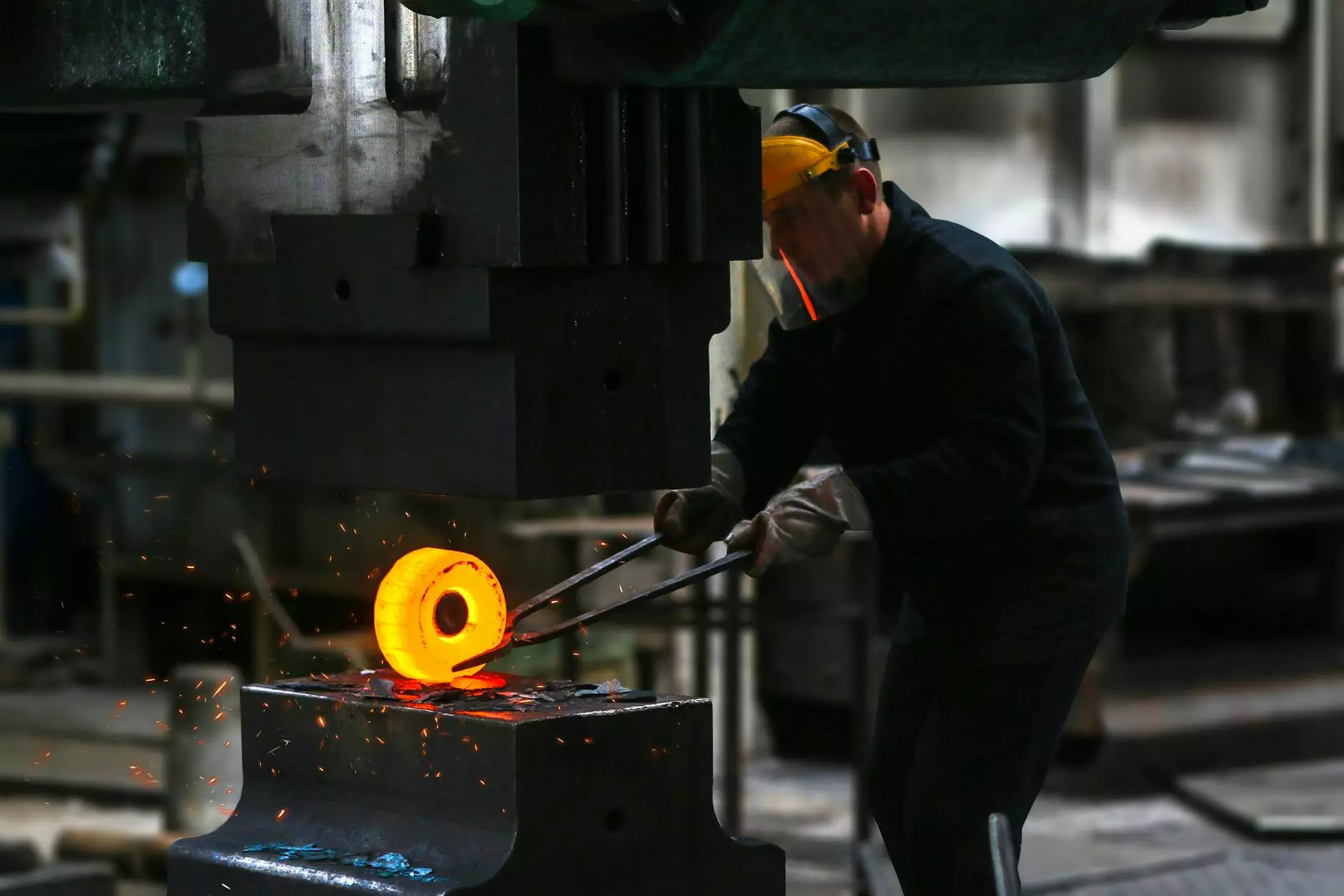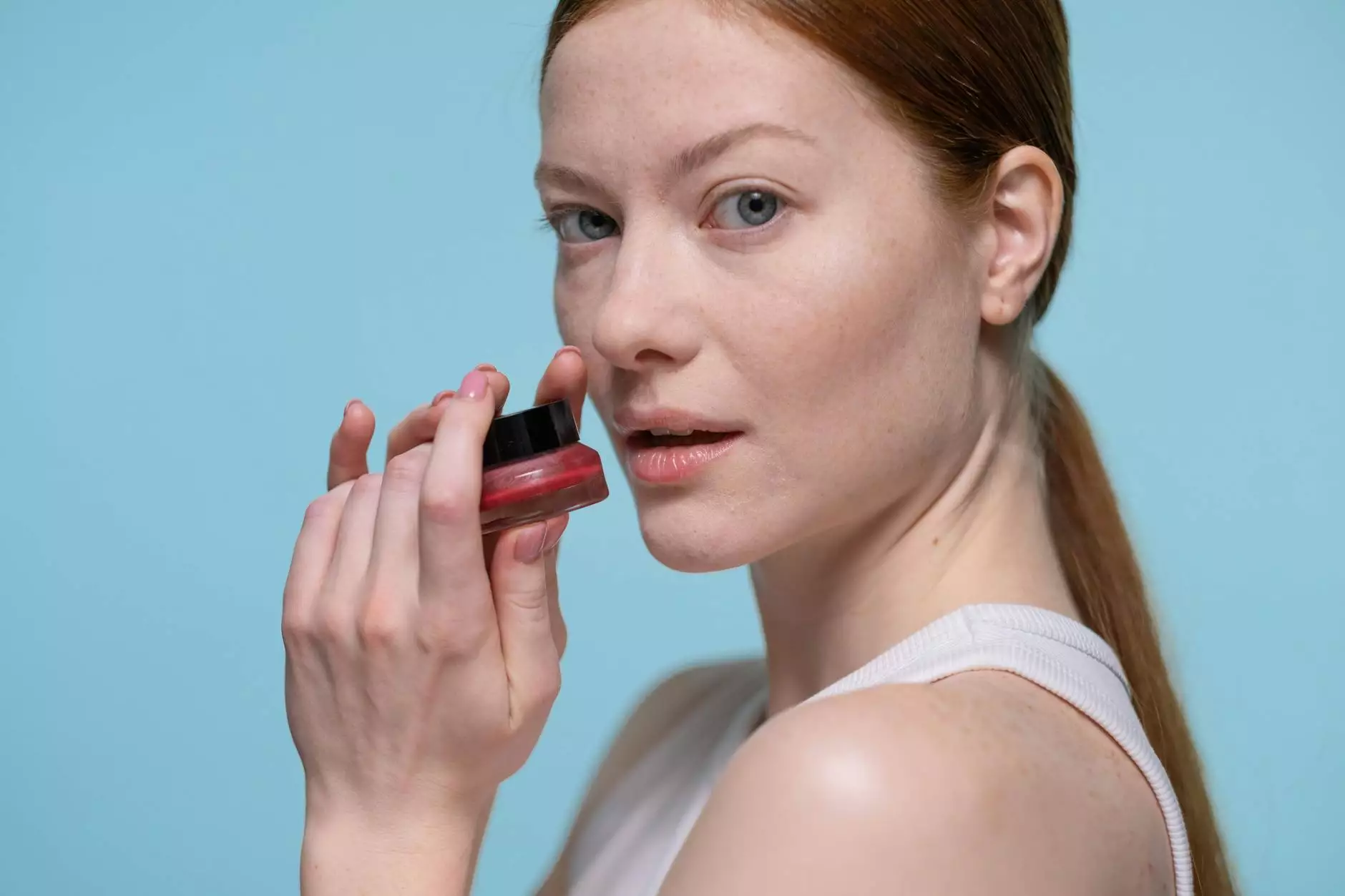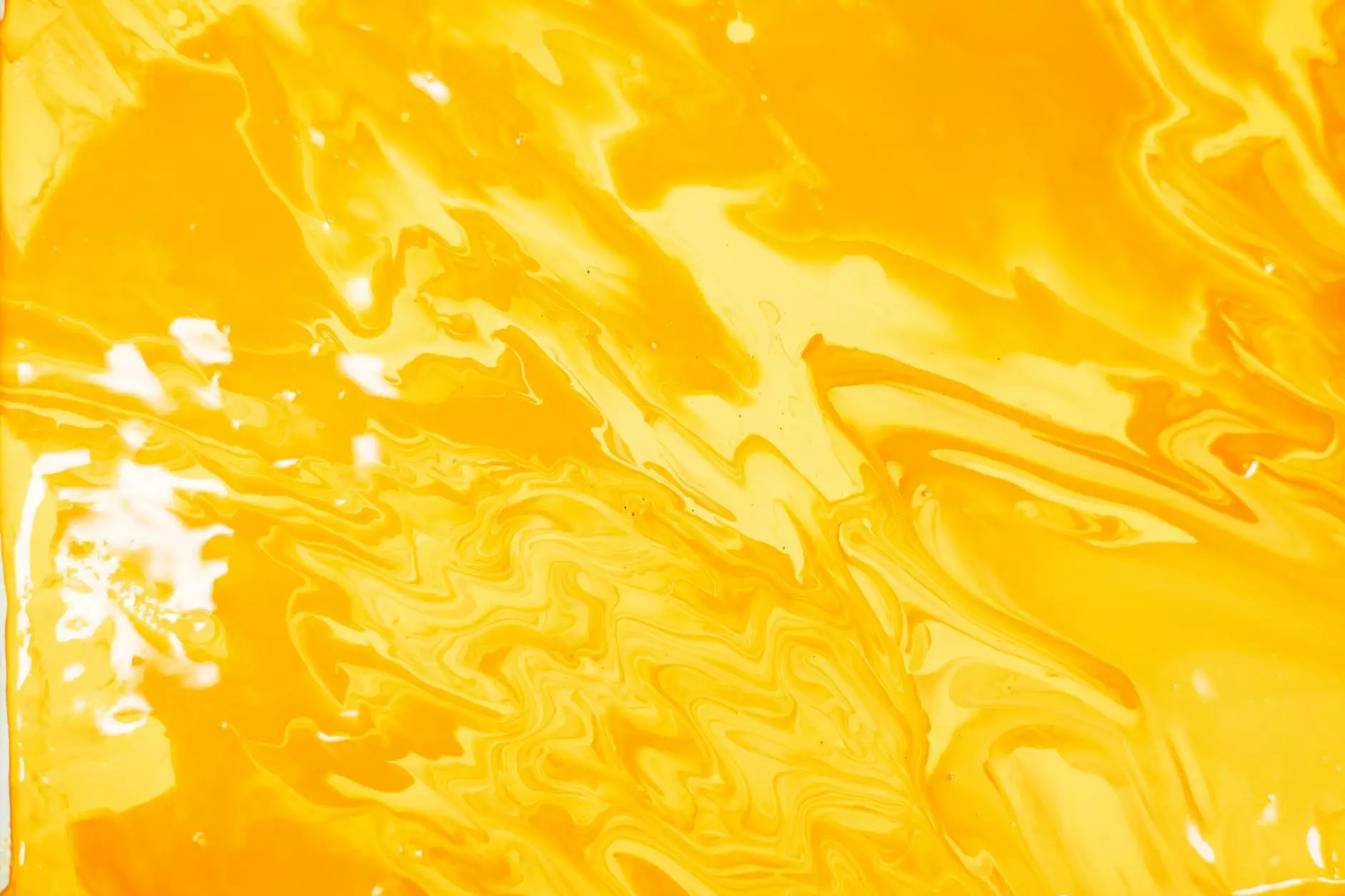What is the Difference Between Melanotan 1 and 2?

In the realm of skin care and beauty enhancements, Melanotan 1 and Melanotan 2 are two peptides that have gained significant attention. These compounds are primarily known for their ability to stimulate melanin production in the skin, offering a way to achieve a tan without sun exposure. However, those looking to utilize these peptides should fully understand the differences between Melanotan 1 and 2. This comprehensive guide will delve into their unique characteristics, benefits, and potential side effects, helping you make an informed decision.
What are Melanotan 1 and 2?
Both Melanotan 1 and Melanotan 2 are synthetic derivatives of the naturally occurring peptide hormone called alpha-melanocyte-stimulating hormone (α-MSH). They play a crucial role in the regulation of skin pigmentation. While both compounds share similar mechanisms of action, they also exhibit distinct properties and applications.
Melanotan 1
Melanotan 1, also known as afamelanotide, is designed primarily to promote skin tanning by stimulating melanogenesis. It was originally developed for the treatment of conditions like erythropoietic protoporphyria (EPP), a condition characterized by severe photosensitivity. Here are some key points about Melanotan 1:
- Indication: Primarily focused on enhancing tanning for those with photosensitivity.
- Duration: Longer-lasting effects in inducing skin tan.
- Administration: Usually delivered via subcutaneous injection.
- FDA Status: Not approved by the FDA for any indication, but used in research settings.
Melanotan 2
Melanotan 2 is another synthetic peptide that also stimulates melanin production, but it has a broader range of effects, which include:
- Indication: Besides tanning, it is often associated with appetite suppression and potential libido enhancement.
- Rapid Effects: Users often report quicker tanning effects as compared to Melanotan 1.
- Dosage Variability: The dosage for Melanotan 2 can be more variable due to its effectiveness at lower doses.
- FDA Status: Like Melanotan 1, it is not FDA-approved and is mostly used in the underground markets.
Mechanism of Action
Both Melanotan 1 and Melanotan 2 work by activating the melanocortin receptors in the skin. This activation leads to increased production of melanin, the pigment responsible for skin color. Here's how they operate:
- Melanocyte Stimulation: When introduced into the body, these peptides stimulate melanocytes (the cells that produce melanin) and promote the darkening of the skin.
- Inhibition of Photodamage: Increased melanin levels can offer some protection against UV radiation and photodamage, although they do not substitute for sunscreen or other protective measures.
Benefits of Melanotan 1 and 2
The primary benefits of using Melanotan 1 and 2 revolve around their tanning effects. However, they also come with additional advantages:
Benefits of Melanotan 1
- Improved Skin Tone: Provides an even and natural-looking tan.
- Reduced Sun Exposure: Allows for tanning without the need for prolonged sun exposure, reducing the risk of skin cancer.
- Stable Results: Tan achieved is generally more stable and long-lasting.
Benefits of Melanotan 2
- Quicker Results: Many users report faster tanning results compared to Melanotan 1.
- Appetite Control: There are anecdotal reports of appetite suppression, which can aid in weight management.
- Enhanced Libido: Some users have reported an increase in sexual desire.
Potential Side Effects
While the benefits of both peptides can be attractive, it is essential to consider potential side effects:
Common Side Effects
- Nausea: Some users experience gastrointestinal discomfort.
- Flushing: Similar to a tanning salon, users might experience facial redness.
- Increased Moles: The development of new moles or darkening of existing ones is reported.
Serious Side Effects
Though rare, these serious side effects can occur:
- Skin Cancer: Prolonged use can increase the risk of skin cancer, particularly with unregulated use.
- Hormonal Imbalances: Disruption of the body's natural hormone levels is a potential risk.
- Cardiovascular Issues: Some users might experience changes in blood pressure or heart rate.
Choosing Between Melanotan 1 and 2
Deciding between Melanotan 1 and Melanotan 2 largely depends on individual needs and desired outcomes. Here’s a quick guide to help you choose:
- If you are looking for:
- A natural-looking tan: Consider Melanotan 1.
- Faster tanning effects: Opt for Melanotan 2.
- Potential appetite control: Melanotan 2 may be beneficial.
- Stability of results: Go for Melanotan 1.
Safe Usage Tips
For those considering the use of Melanotan 1 or 2, safety is paramount. Here are some crucial tips:
- Consult a Healthcare Professional: Always talk to a doctor before trying these peptides.
- Start with Low Doses: If you decide to proceed, starting with lower doses can help minimize side effects.
- Monitor Your Skin: Keep an eye on any changes to your skin or moles during usage.
- Use Sunscreen: Even with increased melanin, using sunscreen is essential in protecting against harmful UV rays.
Conclusion
In conclusion, understanding the difference between Melanotan 1 and 2 is crucial for anyone interested in these skin-enhancing peptides. While both offer unique benefits for tanning and skin care, they come with potential side effects that should not be overlooked. Educated decisions and proper precautions can lead to a satisfactory experience in enhancing your skin tone while prioritizing safety. If you're considering these peptides, take note of the insights shared herein and make sure to consult with a healthcare professional for personalized advice.
what is the difference between melanotan 1 and 2








